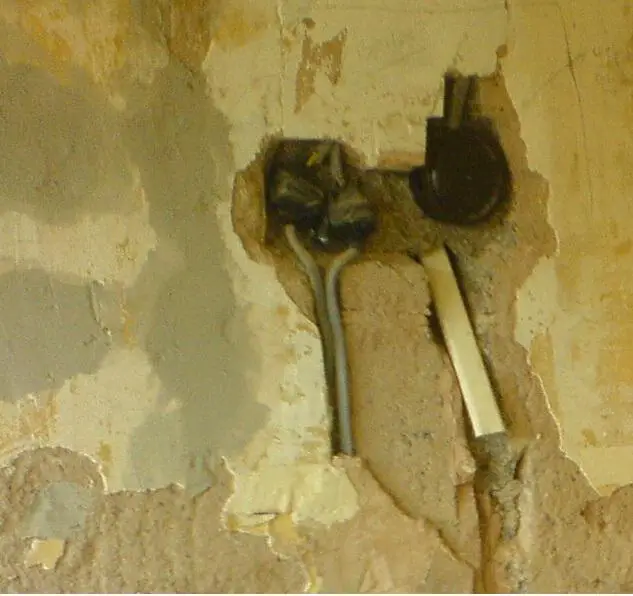Discovered this whilst removing a cupboard in my own house!
Previous tenants must have had sound elec knowledge
From what's there, looks like they wanted to move the sockets down - decided against getting a pro in - did what is known as a "bodge job"..
"bit of taped up blocks should do it"....
Then theres the junction box - have a guess what that feeds....?
This leaves me wondering about the rest of the house.. time to start testing me thinks....


